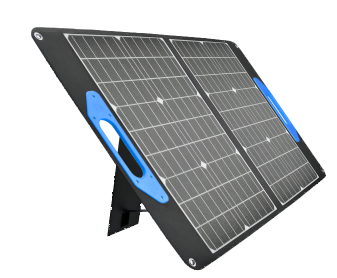2015
It was the last working day of the year. Zhang Fu, a student from Fudan University, conducted tests using our company's human IL-24 ELISA kit. The experiment he was involved in has now been successfully completed. Another student from the same lab, Liu, was introduced to our sales manager yesterday and is preparing to test with the IL-24 ELISA kit as well. We hope that during any technical issues, our team will provide prompt support. We have also shared detailed analysis on how to draw and produce an ELISA kit standard curve.
First and foremost, I would like to express our sincere gratitude to Fudan University for its continued support over the years. Many reagent tests involve challenges related to the standard curve. The quality of the standard curve directly impacts the accuracy of experimental results, and even the success or failure of the entire experiment. So, drawing a reliable standard curve is always crucial before conducting the main experiment.
Here are some key points to consider when setting up a standard curve:
- The concentration of samples and other parameters are calculated based on the standard curve, so it should be treated as more important than the main experiment itself. Without a good standard curve, the results of the subsequent experiments cannot be accurately interpreted.
- Set a wide range for the standard concentrations to cover the expected concentration of the test samples. Ideally, the sample concentration should fall within the range of the standard curve, including both upper and lower limits. For S-shaped curves, aim to place the sample concentration in the steepest part of the curve, where it appears almost linear.
- Using a serial dilution method is recommended to prepare standard samples. This helps ensure that the concentrations do not vary too much and remain consistent across the curve.
- When testing the standard samples, it's best to proceed in increasing order of concentration. This minimizes cross-contamination and improves overall accuracy.
- A standard curve typically includes at least 5 points, but ideally 7. More points lead to better precision and reliability.
- The correlation coefficient (R) of the standard curve varies depending on the experiment. In general, R should be above 0.98, and for more sensitive experiments, it should be 0.99 or even 0.999.
Shanghai Jinma is currently uploading new products. During this time, we are also promoting our commonly used ELISA kits. We warmly welcome all teachers to place orders. If you come to our company to purchase common ELISA kits during the product launch period, you will enjoy a 40% discount. The more you buy, the more you save—don’t miss out!
Feel free to reach out if you need any further assistance or have questions about our products. Our team is here to help and ensure your experiments run smoothly.
(Word count: 542)

Whaylan Soalr panel.Each module is rated by its DC output power under standard test conditions (STC) and hence the on field output power might vary. Power typically ranges from 100 to 365 Watts (W). The efficiency of a module determines the area of a module given the same rated output – an 8% efficient 230 W module will have twice the area of a 16% efficient 230 W module. Some commercially available solar modules exceed 24% efficiency.
100W Solar Panel,100w 100 Watt Mono Foldable Solar Panel,Foldable Solar Panel,Flexible Solar Panel
suzhou whaylan new energy technology co., ltd , https://www.xinlingvideo.com